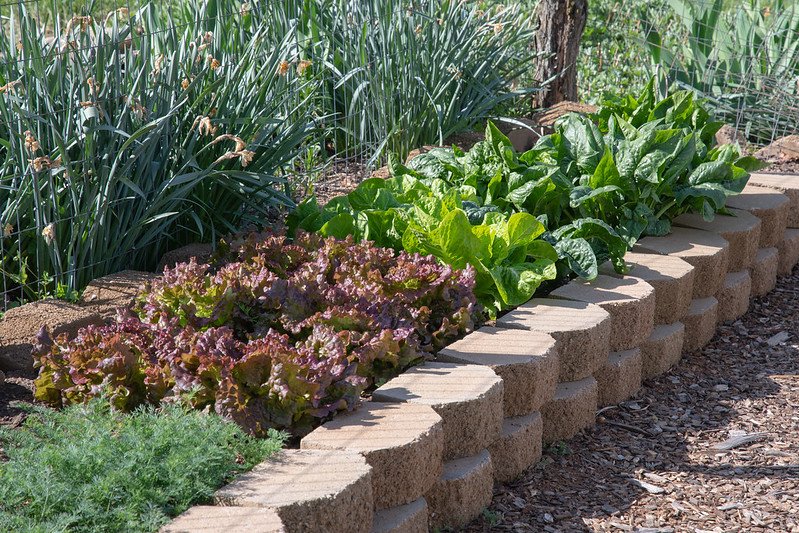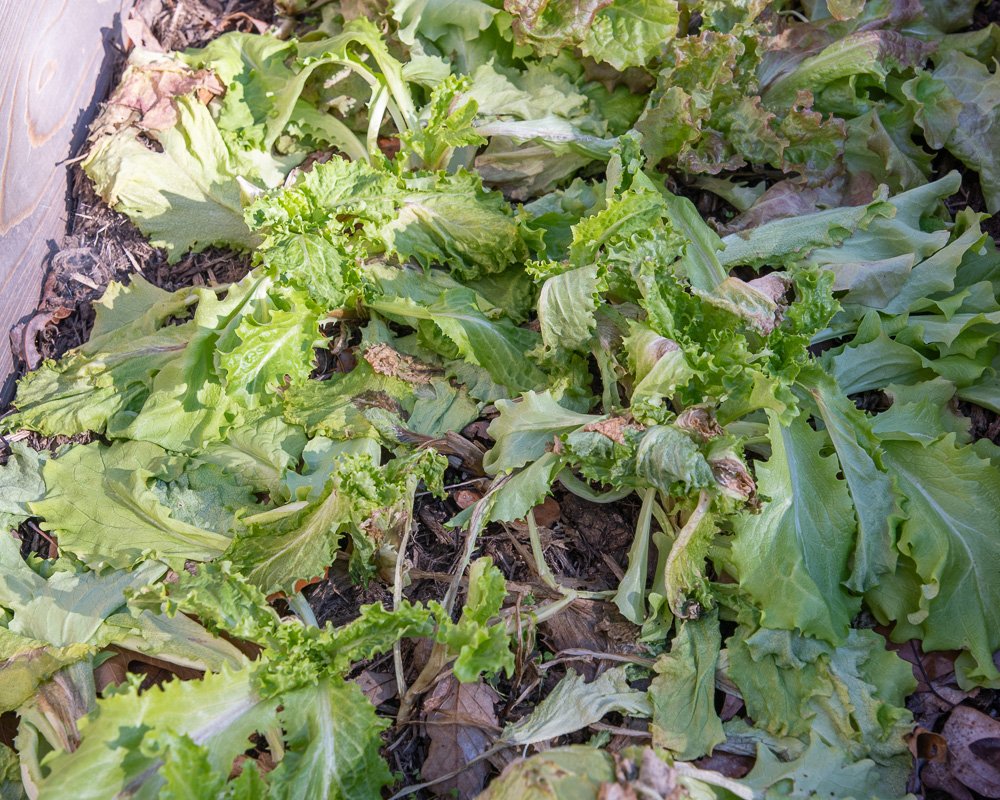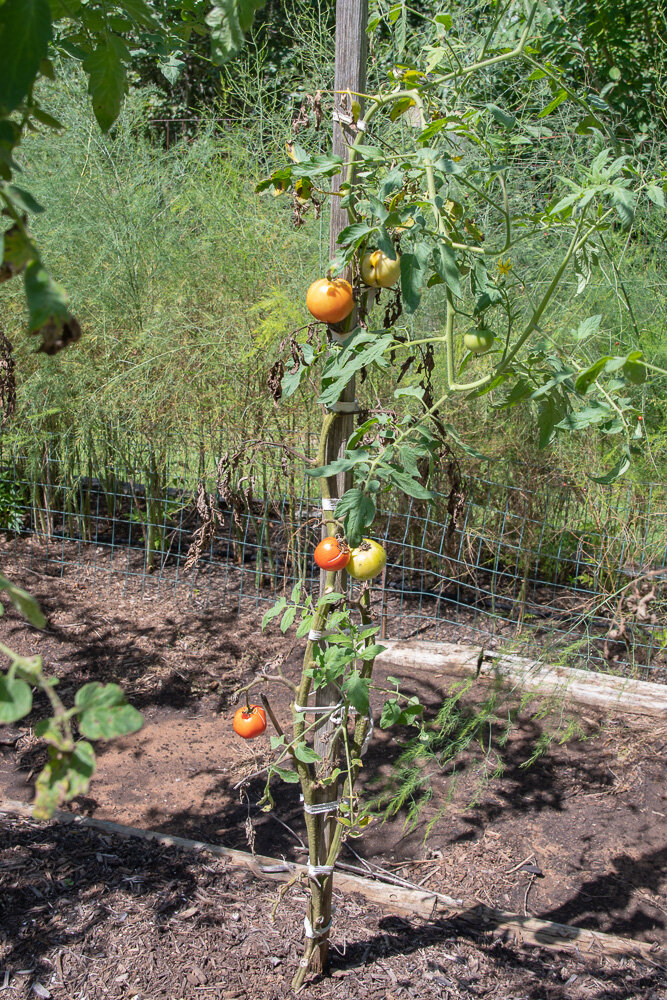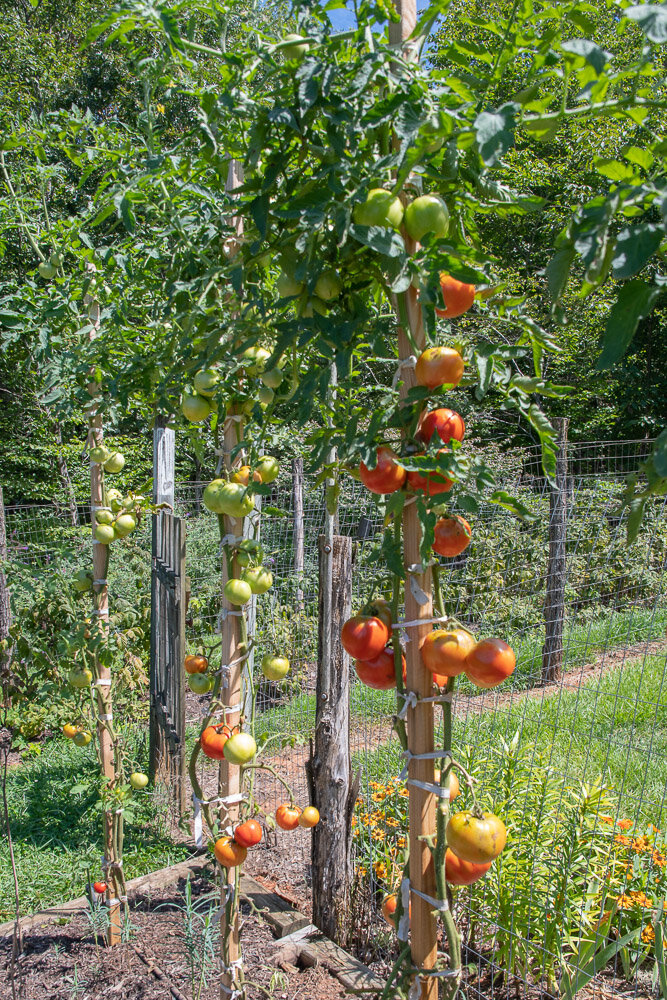Pollinator Week is an annual celebration that takes place in June to raise awareness about pollinators and their importance to the environment, economy, and agriculture. The week also encourages people to take action to protect pollinators.
It can be overwhelming to find help getting started or expanding your pollinator friendly garden. Fortunately, there is plenty of practical guidance from reliable sources. To help you navigate, we’ve put together a list of resources we have found useful. Join the movement and let’s make a difference together!
Organizations That Advocate For Pollinator Friendly Gardening
Pollinator Partnership https://www.pollinator.org/ Pollinator Partnership is the original sponsor and manager of Pollinator Week and has lots of useful educational materials available for gardeners, educators, and landowners. This year, Pollinator Week takes place from June 17–23, with the theme "Vision 2040: Thriving ecosystems, economies, and agriculture"
Homegrown National Park https://homegrownnationalpark.org/ A grass roots organization dedicated to improving local ecosystems by helping people add native plants and removing invasives. HNP offers free plant guides, recommended sources, and calculators along with a growing national Biodiversity Map tracking native habitats, including home gardens.
Xerces Society for Invertebrate Conservation www.xerces.org Xerces Society is a nonprofit organization focused on pollinator conservation, endangered species conservation, and reducing pesticide use and impacts. Some great resources for parents and educators to help kids build appreciation of pollinators early in life.
Blue Ridge PRISM (Partnership for Regional Invasive Species Management) https://blueridgeprism.org/ Dedicated to reducing the impact of invasive plants on the ecosystems of the northern Blue Ridge Mountains and surrounding areas through regional and statewide advocacy, Blue Ridge PRISM offers free fact sheets to help you identify and remove invasive plants from your property. They also have regular education programs and outreach to help gardeners and landowners control the invasive plants that compete with natives.
Choosing The Best Plants For Your Pollinator Garden
Every garden is different. As you look to build out your pollinator garden, consider the sun exposure, moisture levels, space, and HOA constraints that will guide your choices. There are a variety of helpful resources to help you make the right decisions.
Piedmont Master Gardeners, https://piedmontmastergardeners.org/ The Piedmont Master Gardeners is a great source of local native plant information. The site-specific plant lists will give you a head start on your garden design. https://piedmontmastergardeners.org/gardening-questions/native-plants/
Pollinator Partnership https://www.pollinator.org/ Ecoregional planting guides, “Southeastern Mixed Forest” includes charts with bloom times for native plants.
Virginia Native Plant Finder Database allows you to search for plants by name or characteristics like height and moisture requirements. https://www.dcr.virginia.gov/natural-heritage/native-plants-finder
Mt. Cuba Center trial gardens evaluates native plants and related cultivars to provide recommendations on the best performers for pollinators – and for gardens. https://mtcubacenter.org/research/trial-garden/
Inspiration To Make The Most Of Your Garden
Creating or expanding your pollinator garden is fun, but it’s also hard work. Make the most ofyour efforts creating a better ecosystem for today and into the future with guidance from experts.
Book: Nature’s Best Hope: A New Approach to Conservation that Starts in Your Yard, by Douglas Tallamy. Nature’s Best Hope describes how homeowners everywhere can turn their yards into conservation corridors to provide wildlife habitats.
Virginia Cooperative Extension publication “Creating Inviting Habitats” has a wealth of information specifically for Virginia gardeners. With everything from guidance on birdhouses, detailed charts of native plant species, charts of butterfly host plants, hummingbird magnet plants, and more. https://www.pubs.ext.vt.edu/content/dam/pubs_ext_vt_edu/HORT/HORT-59/HORT-59-PDF.pdf
Virginia Tech blog post with entomologist’s tips for installing and maintaining native bee 'houses' https://vtx.vt.edu/articles/2020/03/ext-entomologists-tips-for-installing-and-maintaining-native-bee-houses.html
We’re always ready to help you on your pollinator-friendly journey. Send us a note if you have questions.



























































